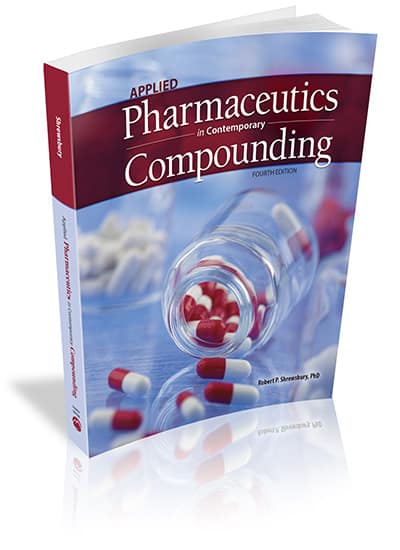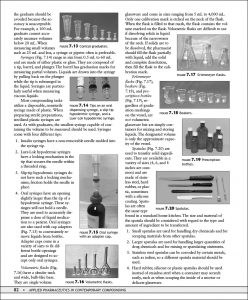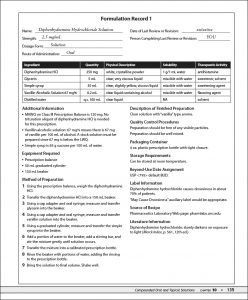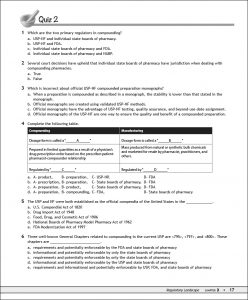
$134.00

Applied Pharmaceutics in Contemporary Compounding, 4e, and its accompanying website have been carefully developed for pharmacists, pharmacy educators, pharmacy students, and pharmacy technician students.
This book is designed to convey a fundamental understanding of the practices involved in developing and preparing compounded dosage forms utilizing pharmaceutical principles.
Applied Pharmaceutics in Contemporary Compounding is well illustrated to visually reinforce the content. Many of the compounding procedures are shown in step-by-step photographs or illustrations and are available as movie clips on the accompanying website.
Examples of interior pages:



Robert P. Shrewsbury received his B.S. in pharmacy from the University of Oklahoma in 1972 and his Ph.D. in pharmaceutical sciences from the University of Kentucky in 1977. He joined the University of North Carolina School of Pharmacy faculty in 1980 and is currently an associate professor in the division of pharmacy practice and experiential education. His background training is in basic and applied biopharmaceutics and pharmacokinetics, and drug interaction mechanisms. More recently, his research interests have focused on classroom and laboratory instructional methodologies utilizing web-based or technology-based formats. He has authored books in pharmacy and pharmacology and has written a number of online pharmacy courses and study guides.
Answers to quizzes within the book are provided for instructors.